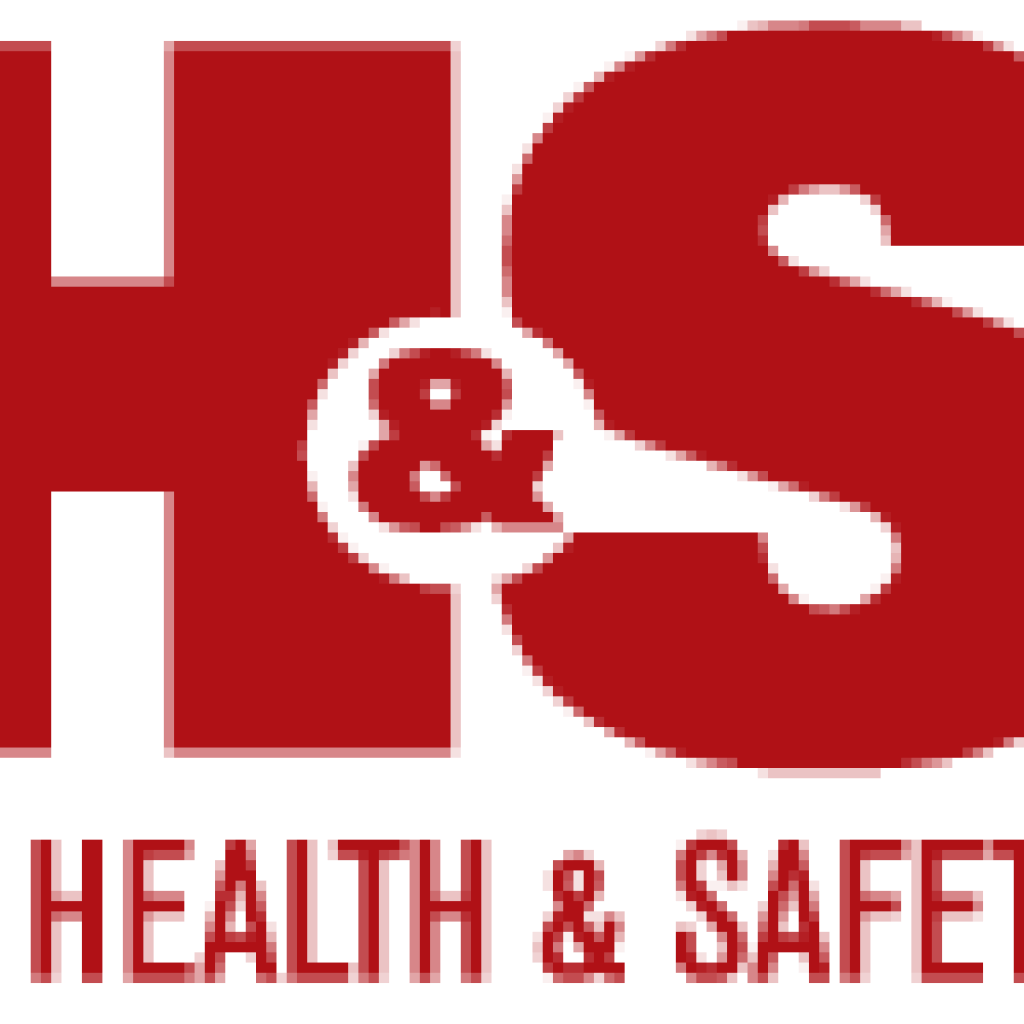Handling, or Mishandling, an OSHA Enforcement Action: Safety 2019 — Occupational Health & Safety
Handling, or Mishandling, an OSHA Enforcement Action: Safety 2019
Session presenters J.A. Rodriguez, Jr. and Courtney M. Malveaux explain how to successfully handle an OSHA enforcement case and what not to do.
NEW ORLEANS — The best industry conference programs offer lots of practical advice to practitioners for handling adverse situations, advancing their careers, and continuously learning and improving. One such session June 10 at the American Society of Safety Professionals’ #Safety2019 Professional Development Conference and Exposition here focused on how a safety professional should handle an OSHA enforcement case at the company where he or she works. Session presenters J.A. Rodriguez, Jr., CSP, SGE, chairman of the Voluntary Protection Programs Participants’ Association (VPPPA) and Courtney M. Malveaux, a labor lawyer who is VPPPA’s general counsel, explained how to respond to the agency’s investigation and also what not to do.
“You can actually turn something negative into something positive,” Rodriguez said. He urged the audience members to work with the OSHA (or state plan) personnel, explaining that the best strategy is to contest the case — a cited company can contest the citation, the proposed penalty, and even the abatement date — every time. “At the end of the day, what the regulators are looking for is process change,” he explained, stating later that safety management excellence comes out of cooperation with the regulators.
Both presenters recommended that the safety professional get involved in responding to an enforcement case as soon as OSHA contacts the company. As for what not to do, Malveaux, a former Virginia labor commissioner, was clear: “Don’t lie, please. Completely illegal,” he said. “Don’t even hint at lying.”
“For the love of God, if there’s a hazard, abate it,” he added. “And show that you abated it.” His other advice included these tips:
One audience member, saying she’s the only safety professional for her operation, asked where she can go to get answers to her technical questions. Rodriguez suggested that she visit the LinkedIn pages of ASSP and BCSP, the Board of Certified Safety Professionals, and post her questions there, saying she’s sure to get many helpful responses from other safety pros as a result.
This content was originally published here.

